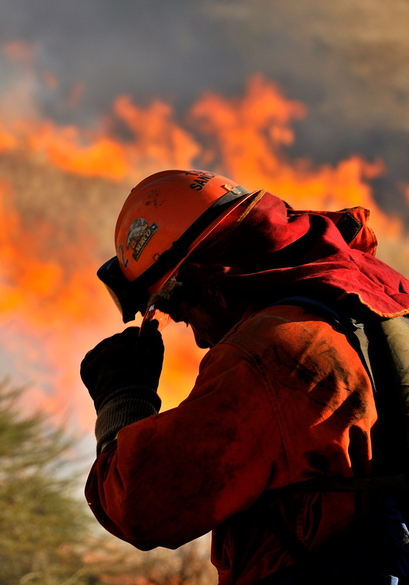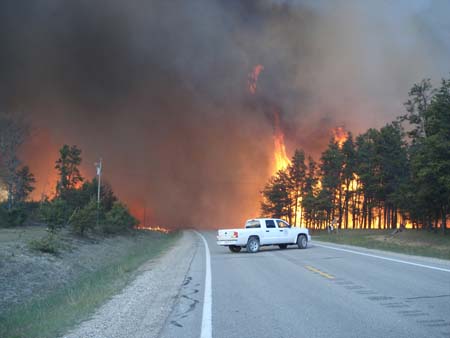James Hubbard, the Deputy Chief, State and Private Forestry, sent out a memo on May 21 that listed quite a few personnel changes in the U.S. Forest Service’s Washington Office (WO):
I am pleased to announce a series of changes which will enhance the Fire and Aviation Management (FAM) program in the Agency. These changes involve enhancing the focus of the Agency in our quest to become skilled risk managers in wildland fire, and filling critical vacancies in the FAM staff.
Marc Rounsaville, Deputy Director for Operations, will move to the Deputy Chief’s office as the Wildland Fire Management Specialist and provide additional capacity in our risk management journey. Marc’s work in our “continuous improvement in decision making” quest will continue. He will work closely with Associate Deputy Chief John Phipps.
Vicki Christiansen, State Forester for Arizona (and former Washington State Forester), will be joining the Forest Service in the Washington Office as the Deputy Director with oversight responsibilities for National Fire Plan, Partnerships, Fuels, Policy, and Budget. Vicki’s energy, wisdom, experience, and insight will provide a significant boost to the Agency.
Patti Hirami, Regional Fire Director, R-9 [USFS Eastern Region], will be returning to the WO as the Staff Assistant to the Director. Patti’s ability to coalesce thinking, her energy and internal relationships will bring significant experience to the FAM staff.
Finally, Rich Kvale, FAM Assistant Director for Planning, Policy, and Budget will replace Marc Rounsaville as the Deputy Director for Operations.


